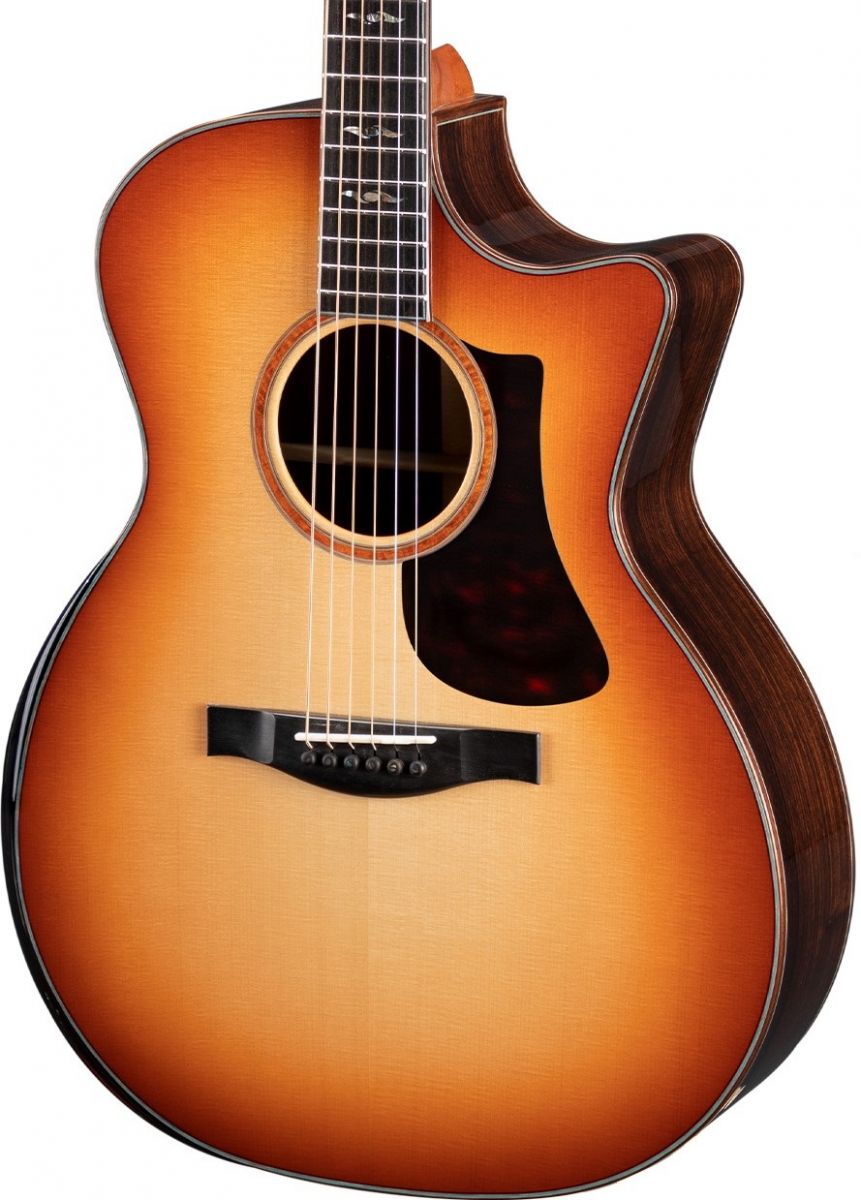

#Eastman acoustic guitars professional
An AC420 would be a Sitka/Rosewood dreadnought, and a AC622 would be an Engelmann/Maple Grand Auditorium.Įastman's come in at a manageable price-point for professional musicians, and can be gigged with fearlessly. So, an AC508CE would be an Engelmann/Mahogany grand concert with a cutaway and electronics. They also often come with a cutaway and electronics, indicated by the “CE”. “3” is Sitka/Mahogany (often substituted with Sapele), “4” is Sitka/Rosewood, “5” is Engelmann/Mahogany, “6” is Engelmann/Maple, “7” is Engelmann/Rosewood, “8” is Engelmann/Rosewood with Maple binding and a bunch of abalones (their top of the line). The body sizes are Grand Concert, Grand Auditorium, and Dreadnought. Taylor-derived body styles and uses either Sitka or Engelmann Spruce for their tops.
#Eastman acoustic guitars series
The modern “AC” series has slightly different, more So, an E10D would be an Adirondack/Mahogany dreadnought, and an E6OM would be a Sitka/Rosewood Orchestra Model. The body styles are indicated by the letter at the end of the model name. “8” means Sitka/Rosewood, “6” means Sitka/Mahogany. In the traditional series, “10” means Mahogany back and sides with an Adirondack Top, “20” means Rosewood back and sides with an Adirondack top. Their taxonomy can be confusing, but here’s the basic breakdown: “AC” suggests a more modern design, “E” a more traditional (though both are built with dovetail neck-joints). For the same price, Eastman will throw in the rest of the guitar, too! Fully domestic companies will charge you $1,000 just for an upgraded “Adirondack” top. That said, many players are willing to accept the slightly lower quality materials and hand-hewn nature of the craftsmanship given the massive price differential. It’s also slightly “greener”, meaning that it hasn’t been settled and cured as long.

This wood is often procured from the same sources as the major American boutique builders but is of a lower grade. When they began producing flat-tops, their reasonably-priced, diverse selection of guitars proved equally successful.Įastman guitar is distinguished by traditional construction (which entails a dovetail neck joint and hand-scalloped braces) and the grade/species of its tonewoods. These “Chinese D’angelico's” quickly became popular amongst professional Jazz musicians, for whom comparable instruments could run upwards of 10K. When they turned their attention to guitars, they started withĪrch-tops, the design being a natural extension of the violin.

Today, Eastman acoustic guitars and Eastman electric guitars remain high-quality choices for touring musicians and bedroom pickers alike. In fact, they still operate in the manner of a 19th century violin workshop, with a team of master luthiers crafting instruments largely by hand, with the exception of a few band-saws used for neck outlines.

Founded in 1992 by a Chinese music student named Qian Ni, Eastman strings initially gained their reputation in the world of violin making. In our increasingly global economy, this is an important distinction to make. All About Eastman Guitars Eastman Guitars are an incredible value and will challenge most handcrafted acoustic guitar builders.Įastman guitars are not “Made in China,” they are proudly hand-crafted in Beijing.


 0 kommentar(er)
0 kommentar(er)
